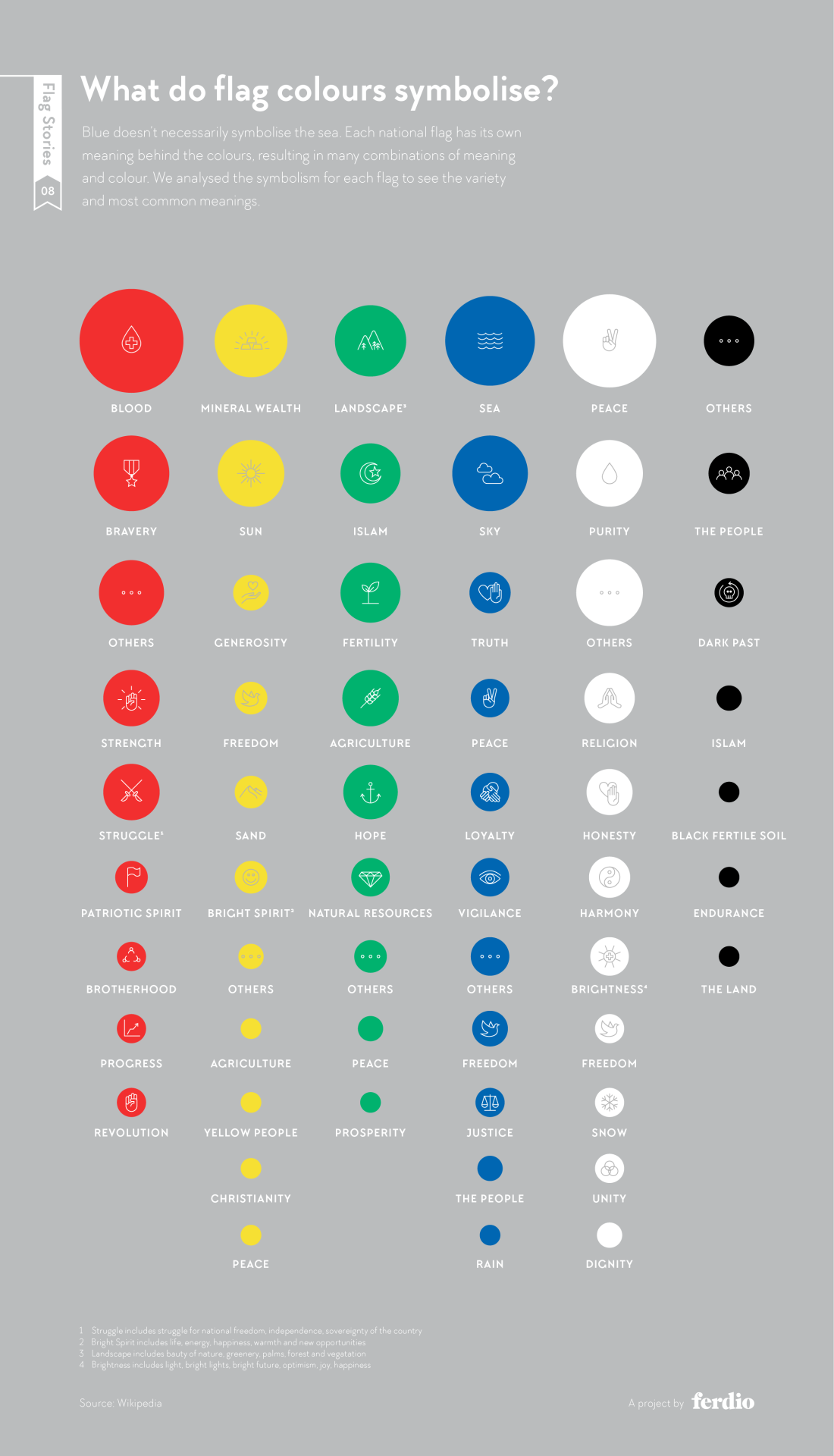Imagine strolling along the Champs-Élysées in Paris, the iconic Arc de Triomphe standing tall in the distance. As you pass by, a gentle breeze unfurls the French flag, its vibrant colors dancing in the sun. Have you ever wondered what those colors represent? What is the story behind this iconic symbol of France? It’s more than just a pretty design; it’s a tapestry woven with centuries of history, revolution, and national pride.

Image: www.szlza.co
The French flag, officially known as the “Tricolore,” is far more than just a visual spectacle. It’s a potent symbol of liberty, equality, and fraternity, the very values that fueled the French Revolution and continue to shape the nation’s identity. In this exploration, we will delve into the meaning behind each color, unraveling the history and symbolism that have made the French flag a revered emblem around the world.
The Birth of the Tricolore: A Legacy of Revolution
The French flag’s journey began during the tumultuous French Revolution, a period of radical change that swept across Europe in the late 18th century. Prior to the revolution, the French monarchy had used a variety of flags, including the white flag of the Bourbon dynasty. However, this symbol was heavily associated with the monarchy’s power and became a target of the revolutionaries.
In 1789, the French Revolutionary Guard, a force established to protect the newly formed National Assembly, adopted a flag bearing the colors of Paris: blue and red. The blue symbolized the city’s royal heritage, while the red represented the city’s vibrant municipality. The addition of a white stripe, representing the monarchy, came later, intended to encourage reconciliation between the monarchy and the revolutionaries. However, the white stripe ultimately failed to bridge the divide, as the revolution intensified.
The Triumph of Blue, White, and Red
The modern French flag, with its iconic blue, white, and red vertical stripes, was officially adopted in 1794. The colors adopted represented the liberty, equality, and fraternity that fueled the revolutionary spirit. This iconic trio has remained unchanged for over two centuries, a testament to the enduring impact of the French Revolution and the values it embodied.
Blue: The Symbol of Liberty
Blue, the color of the sky and the sea, represents liberty and freedom. During the French Revolution, blue was associated with the Parisian municipality, a symbol of local government and independence from the centralized power of the monarchy. This color signified the yearning for liberation from the oppressive rule of the monarchy and the pursuit of individual rights.

Image: venngage.com
White: The Symbol of Equality
White, a color often associated with purity and peace, represents equality. In the context of the French flag, white represented the monarchy and its authority. During the revolution, the inclusion of white in the flag was a symbol of reconciliation with the king and a desire for unity among the French people. However, the white stripe eventually became a symbol of the French people as a whole, representing equality before the law and equal rights for all citizens.
Red: The Symbol of Fraternity
Red, the color of blood and passion, represents fraternity, the bond of brotherhood among citizens. Red was a powerful symbol during the revolution, representing the sacrifices made in the struggle for freedom and the shared commitment to a common cause. This color signified the strength and solidarity of the French people, unified in their pursuit of liberty, equality, and a shared destiny.
The French Flag Beyond the Revolution
The French flag’s significance extends far beyond the historical context of the revolution. It has become a symbol of French culture, heritage, and national pride. It flies over government buildings, schools, and public places, representing the nation’s values and serving as a rallying point for the French people.
The French Flag: An Emblem of Hope and Resilience
The French flag has not only been a symbol of triumph but also of resilience. In times of hardship and tragedy, the flag has become a beacon of hope. During the World Wars, the French flag stood as a symbol of resistance against tyranny, inspiring those who fought for their freedom. The Tricolore’s enduring presence embodies the French spirit of resilience, the determination to overcome adversity, and the unwavering commitment to the ideals of liberty, equality, and fraternity.
The French Flag Today: A Source of Inspiration
The French flag continues to hold a powerful resonance both in France and around the world. It is a symbol of the pursuit of freedom, equality, and human rights. It inspires individuals and nations to strive for a better future, a world where justice and equality prevail. As you see the French flag fluttering in the wind, remember the story behind those colors, the legacy of revolution, and the enduring values it represents. It’s a reminder that freedom and equality are not givens but rather ideals worth fighting for, a message that resonates across time and borders.
What Do The Colors On The French Flag Mean
https://youtube.com/watch?v=FtWw_R0-6iE
Remembering the French Flag’s Significance
The French flag is more than just a piece of fabric. It is a powerful symbol of the French nation’s history, values, and aspirations. By understanding the meaning behind the colors, we gain a deeper appreciation for the enduring legacy of the French Revolution and the commitment to the ideals of liberty, equality, and fraternity that continue to shape the nation today. As you witness the French flag unfurled, let it serve as a reminder of the values it represents and the importance of striving for a more just and equitable world.





